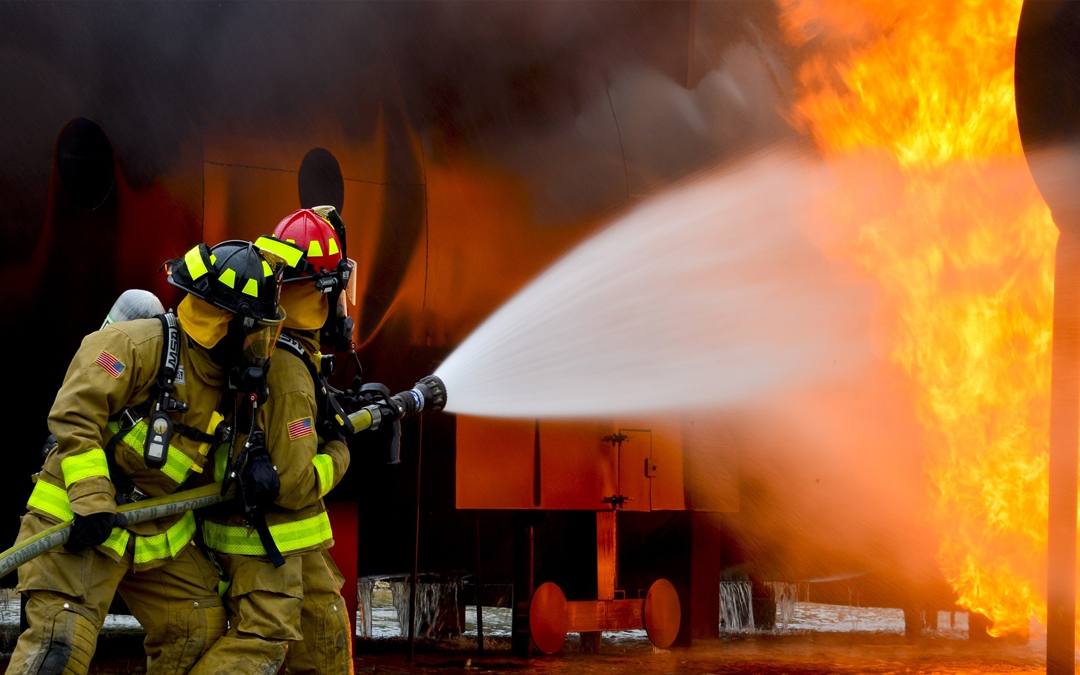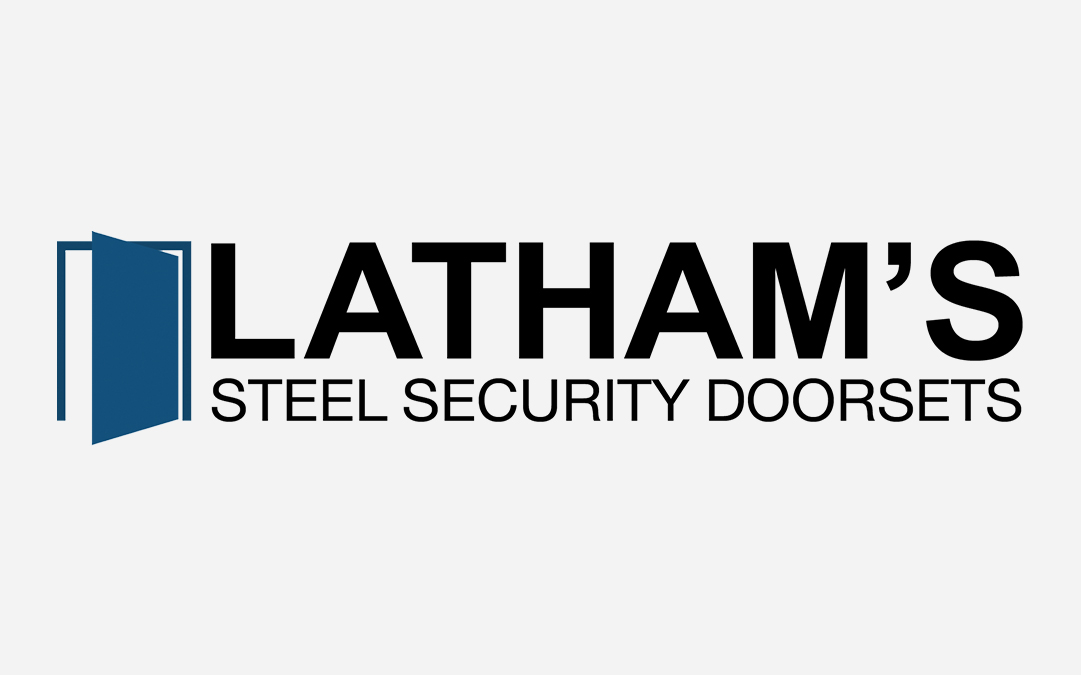350 years after the Great Fire of London, society has improved its approach to fire safety. The terrible fire of 1666 made 100,000 Londoners homeless and destroyed the majority of buildings in the old city. Fire raged easily through houses built of wood and thatch as there was not much in the way of a fire service to control the flames.
1. Modern building considerations
Luckily, few people actually died in the Great Fire of London. Houses were low-rise in those days and it was easy to get out of a building as fire approached. These days, there’s actually greater opportunity for fire to kill. Builders need to think very carefully about how people can get out of high rise buildings during a fire or other emergency, when it’s easy to be a long way from emergency exits.
Modern life also leads us to rely on very high density developments, such as crowded airports and stadiums. These kinds of buildings can be confusing to use if you don’t know their layouts. In a fire and smoke situation, people need to know exactly where the emergency exits are and be able to locate them easily.
2. Better understanding of fire hazards
Modern society benefits from better understanding of fire hazards – and we no longer build with such flammable materials as wood and thatch. But the way we live now often means packing our homes close together, just as they did in 1666. In buildings such as student accommodation, builders plan against fire and smoke spread by including lots of fire barriers both internally and externally. A fire rated door stops fire spreading between sections in a building, for instance.
3. Stricter enforcement of fire regulations
Although there were some anti-fire building regulations in place at the time of the Great Fire of London, this was widely ignored. Londoners weren’t meant to build using wood and thatch, as people knew this kind of material posed a fire hazard. After the Great Fire occurred, people began to take these measures much more seriously and regulations were more strictly enforced by authorities.
Today, modern fire regulations are much more stringent and we have a much better understanding of how to prevent and contain fire – but it all started after 1666 with firmer regulation to avoid such a disaster happening again.
4. Fire safety technology
We’ve come a long way even in the last few decades when it comes to planning and designing against fire. Only a few years ago, fire regulations tended to insist on having a certain number of fire exits for the size of the building.
More recently, building designers are getting increasingly sophisticated. They don’t just add the approved number of emergency exits to the architect’s plans, they also use advanced computer modelling techniques to understand exactly how the building will work in a fire.
This can go as far as modelling the likely behaviour of a crowd of people at different rates of building occupancy, for instance during rush hour in a major railway interchange.
5. Modern architecture requires more sophisticated fire security measures
Fire regulations also need to work harder than ever before because the way we build is getting more complex. Major train interchange stations are busier than ever before, requiring clever new ways to contain fire and move people to emergency exits quickly in case one breaks out.
We are also tunnelling underground like never before, with some ambitious builders even creating underground cinemas, theatres and other high-capacity areas that are potentially hard to escape from. Building planners need to think carefully about how fire can be contained long enough for people to exit these kinds of structures safely. A steel fire rated door is often the approach taken when planning for fire containment.
What have we learned?
Planning for fire is a job that’s never finished. Engineers and architects are constantly finding new ways to use innovative materials such as ecoplastics in their designs.
Some experimental new buildings are being built using sustainable materials, and timber is creeping back into building design in order to make these structures more eco-friendly. It’s a bold and innovative approach that needs to be carefully balanced against fire concerns by employing a mix of flammable materials alongside elements that block the spread of fire, such as fire rated steel door features.
We may have learnt a lot about managing fire risk since the Great Fire but we still need to be on our guard as we continue to innovate in building design.
To secure your building against a Great Fire, see our range of stock Fire Rated Stock Doors.



